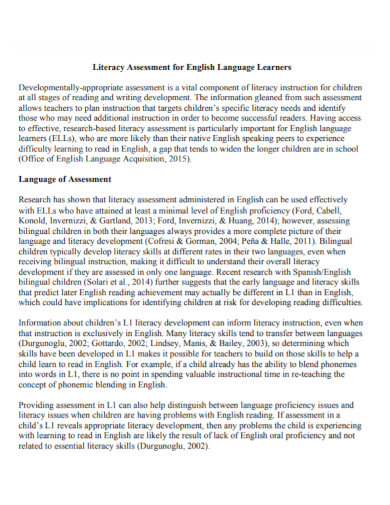
Demonstrate an understanding of and respect for the rights and obligations of using and sharing intellectual property.Ģ.d.

Engage in positive, safe, legal and ethical behavior when using technology, including social interactions online or when using networked devices.Ģ.c.

Cultivate and manage their digital identity and reputation and are aware of the permanence of their actions in the digital world.Ģ.b. Understand the fundamental concepts of technology operations, demonstrate the ability to choose, use and troubleshoot current technologies and are able to transfer their knowledge to explore emerging technologies.Ģ.a. Use technology to seek feedback that informs and improves their practice and to demonstrate their learning in a variety of ways.ġ.d. Build networks and customize their learning environments in ways that support the learning process.ġ.c. Articulate and set personal learning goals, develop strategies leveraging technology to achieve them and reflect on the learning process itself to improve learning outcomes.ġ.b. ISTE Reviewers The Digital Literacy Assessments were found to support the following indicators of the ISTE Standards for Students:ġ.a. “The Digital Literacy Assessments provide both students and teachers useful data about the readiness of students to move forward in their application of the ISTE Standards.” Reviewers determined this resource helps build foundational technology skills needed to support the ISTE Standards for Students. The Digital Literacy Assessments successfully underwent the International Society for Technology in Education (ISTE) Seal of Alignment review for Readiness. Includes teacher management features, sample tests and student preparation curriculum.Tests available for fifth and eighth grade levels.



 0 kommentar(er)
0 kommentar(er)
